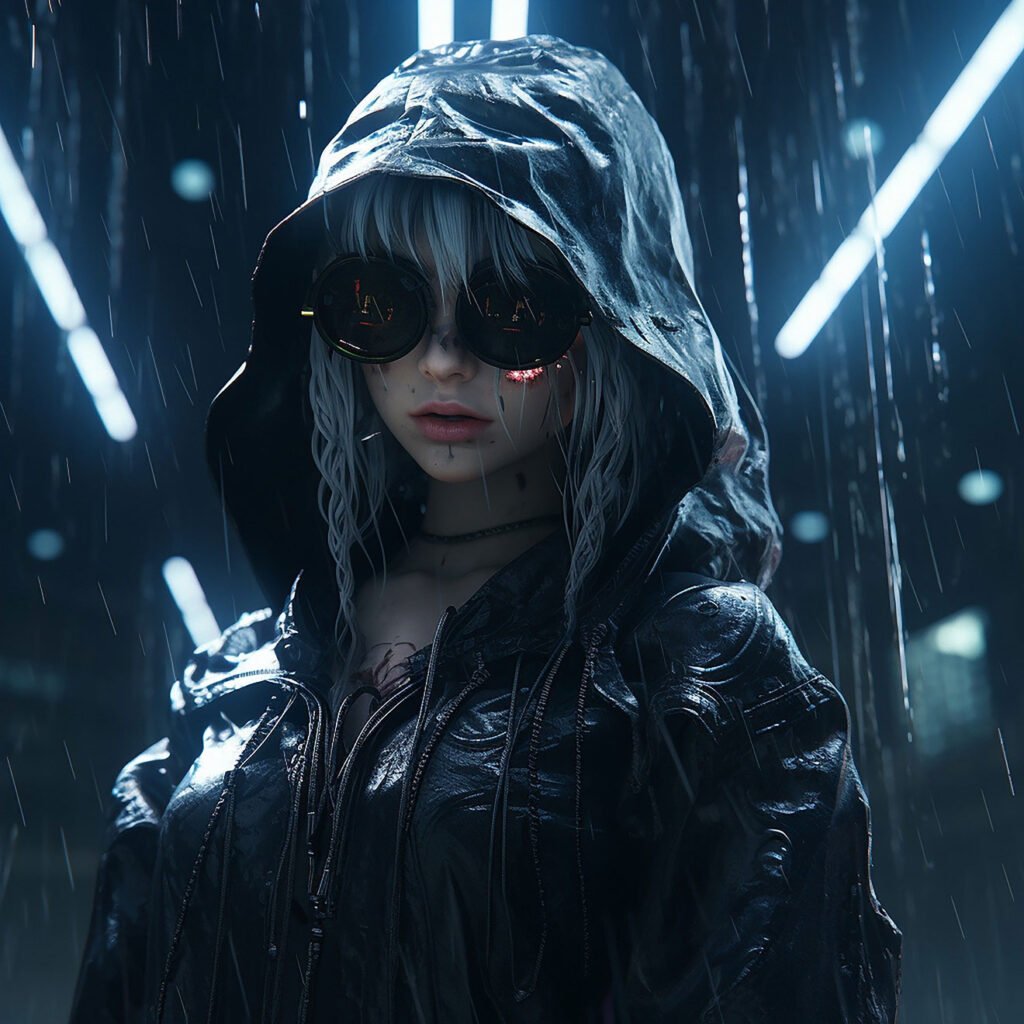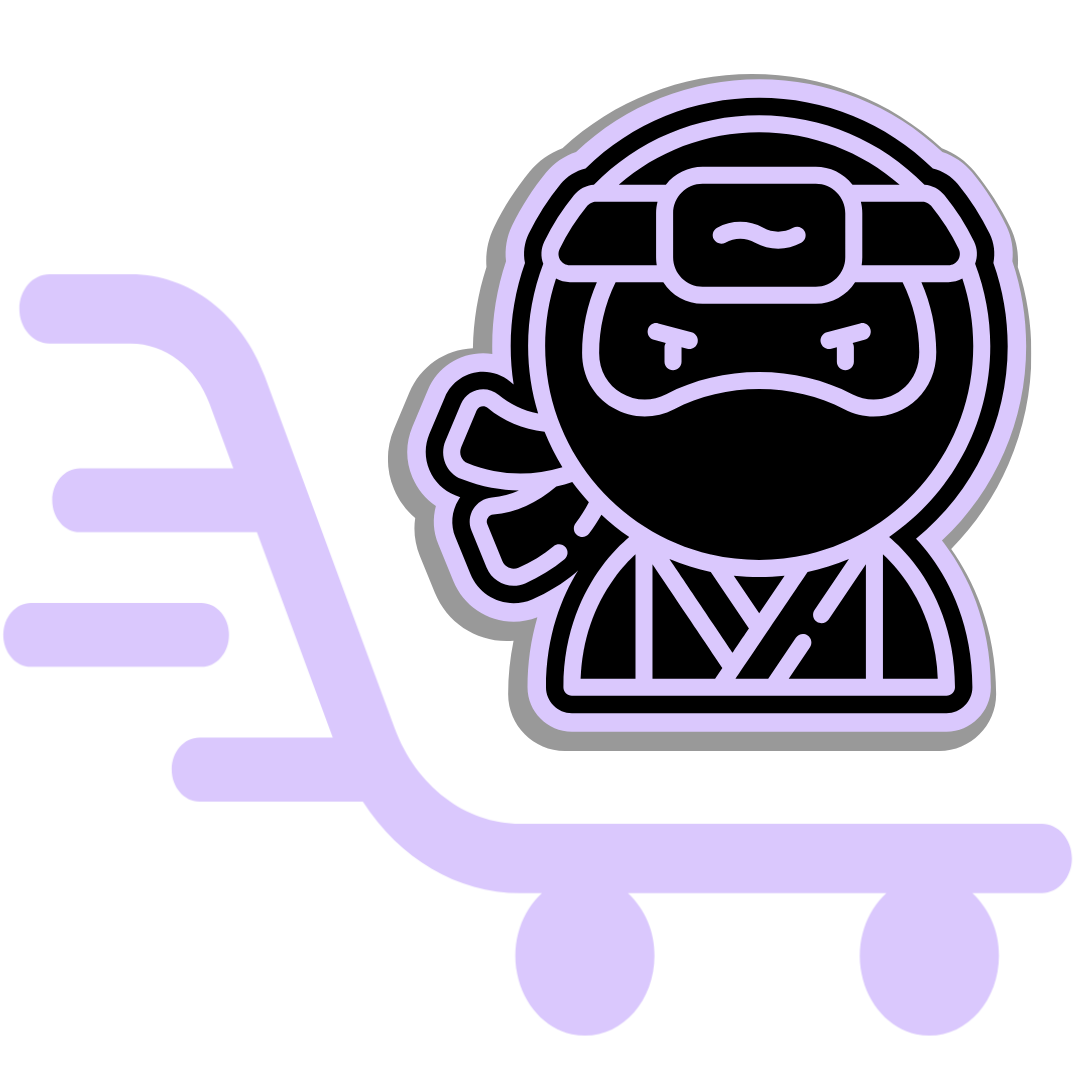It’s remarkable to watch a five-year-old draw, void of any anxiety about what the world will think. We all start our lives creatively confident, happy to create and share our work with pride. And then, as we age, our comfort with creative expression declines. We’re discouraged by the learning curve of creative skills and tools, by our tendency to compare ourselves to others, and by the harsh opinions of critics.
Well, we’re entering an era that changes everything. A few critical technology breakthroughs and fundamentally more accessible platforms are changing everything. From free web-based tools with templates that help conquer the fear of the blank screen to powerful generative artificial intelligence that conjures up anything from a text prompt, expressing yourself creatively no longer requires climbing creativity’s notoriously steep learning curve.
Most of those who have succeeded in life can trace their success back to the essential education they obtained from parents, teachers and/ or friends.
T-Ralph Olaniyi
People from communities of color are underrepresented in publishing. Our books make up less than six percent of the titles released each year, and that’s despite a century of fighting against the gatekeepers. The results of this systematic exclusion are clear: we are also elided from the national conversation, starting in elementary school.
The Death of Creativity’s Learning Curve

Welcome to an era in which the friction between an idea, and creatively expressing that idea, is removed. Whether it is as an image, an essay, an animated story, or even a video, you can simply talk about what you see in your mind’s eye and get immediate visual output. “But that’s not real creativity!” some may exclaim. Until now, “creativity” has conflated both the generation of ideas and the process involved to express those ideas.
Most artists today can’t afford 13 human assistants, but they use other tools to reduce the laborious parts of creativity, including AI-powered shortcuts, component libraries for product designers, templates, and now generative AI. This latest breakthrough has elicited both fanfare and fear because of its ability to conjure up an original piece of media based solely on a text prompt. Conceptually, it’s like a roomful of inexperienced interns who instantly present you with endless renditions of whatever you describe. Most of what they present will be wrong, but you may get some stuff to work with and, occasionally, something novel will catch your eye.
Of course, behind the scenes, the machine learning engines that drive AI creation were trained using millions of pieces of content from real artists, many of whom never consented to have their work used in that way. To correct this, I anticipate a series of regulations, evolutions in copyright law, new walled gardens and token-gated portfolio experiences, and new compensation models for artists that opt-in.
The Opportunity for Creative Pros in the Era of Creative Confidence
As someone is driven to help all people access the tools for creative expression, it has been thrilling to watch hundreds of millions of people who may have been intimidated by professional-grade tools like Photoshop or Premiere Pro begin tinkering creatively using new template-based and AI-driven tools and technologies.
As more human jobs become assisted, automated, or replaced by artificial intelligence, we must spend our hours where we have a competitive advantage over machines: developing new ideas, expressing old things in new ways, innovating processes, and crafting the story that infuses our creations with meaning.
As generative AI gets better at producing content, it’s important to remember that creativity is about far more than the outcome. The striking and wondrous thing about creativity is its mysterious seeds of origin. Do not new ideas come from genuine curiosity and initiative? Mistakes of the eye? Childhood traumas? Nobody fully understands the origins of ingenuity, but we know it is a function of the arrangement of our neurons and is as individualistic as our fingerprints.
Herein lies the opportunity for the creative professionals among us. While the world becomes more creatively confident and empowered, there will always be an opportunity to go further. The magic of creativity — the many inputs of life experience, and emotion, and how they influence our approach to our work — remain in our creative control. And we know, creativity is most impactful when accompanied by meaning and story. AI models and templates can’t generate meaning.
Implications for Creative Careers, Culture, & Beyond
- Compensation will change. We all know that insight from a creative genius may happen in an instant, but is often the product of decades of experience, trial and error, and lessons learned. Do creative people get paid for their judgment and ideas, or their time?
- The “story” behind the work becomes more important and is front and center. As an art collector knows, the fine art world is as much (Nah, more!) about the story as it is about the paint on a canvas. Within a gallery, a piece is valued based on its lineage, its originality, and the trials and tribulations of the artist. A replica of priceless work is worth nothing.
- Creativity is the human creator just as much as the outcome. Will future brand campaigns spotlight the inspirations and creative teams behind them? Will we purchase digital art that is cryptographically signed by humans rather than AI models?
- We will stand out in school and at work with our creativity rather than our productivity. Success in most white-collar jobs — and hopefully K-12 education — will shift from the endless drive for more productivity — being promoted because you accomplished more in less time — to standing out through your creativity.
Welcoming & Adapting to Ubiquitous Creative Confidence
As the expression of ideas becomes exponentially easier, the ideas themselves become more of the differentiator (yes, I think “Prompt Engineering” will become a discipline in and of itself!). Good ideas aren’t derived solely from logic and patterns of the past; they’re also the product of human traumas, mistakes of the eye, and uniquely human ingenuity.



Much like every sport’s top athletes improve every generation, so should advance creatives. I would argue that AI is like some breakthrough new racket or sneaker — it almost unfairly elevates the game for every player and allows the very best to advance the game itself.


What do you think?
It is nice to know your opinion. Leave a comment.